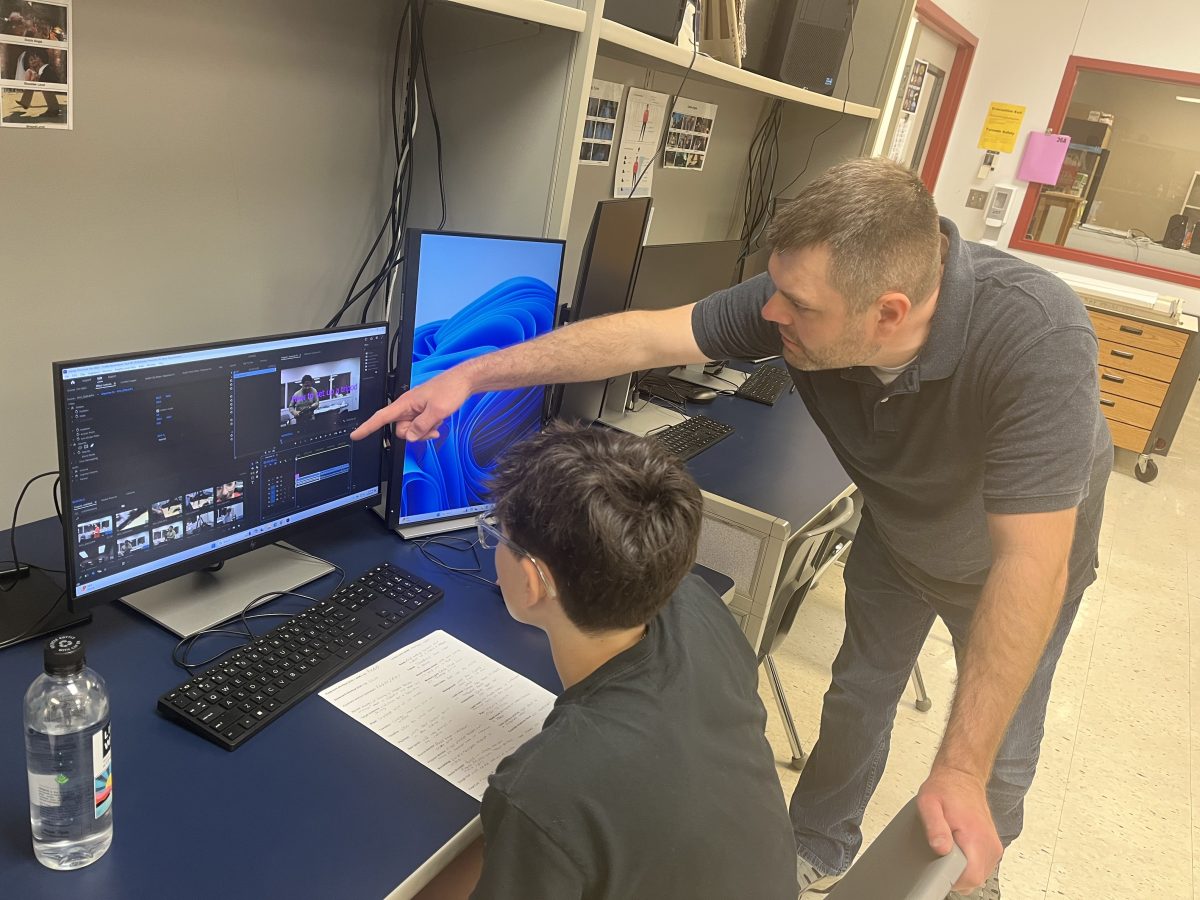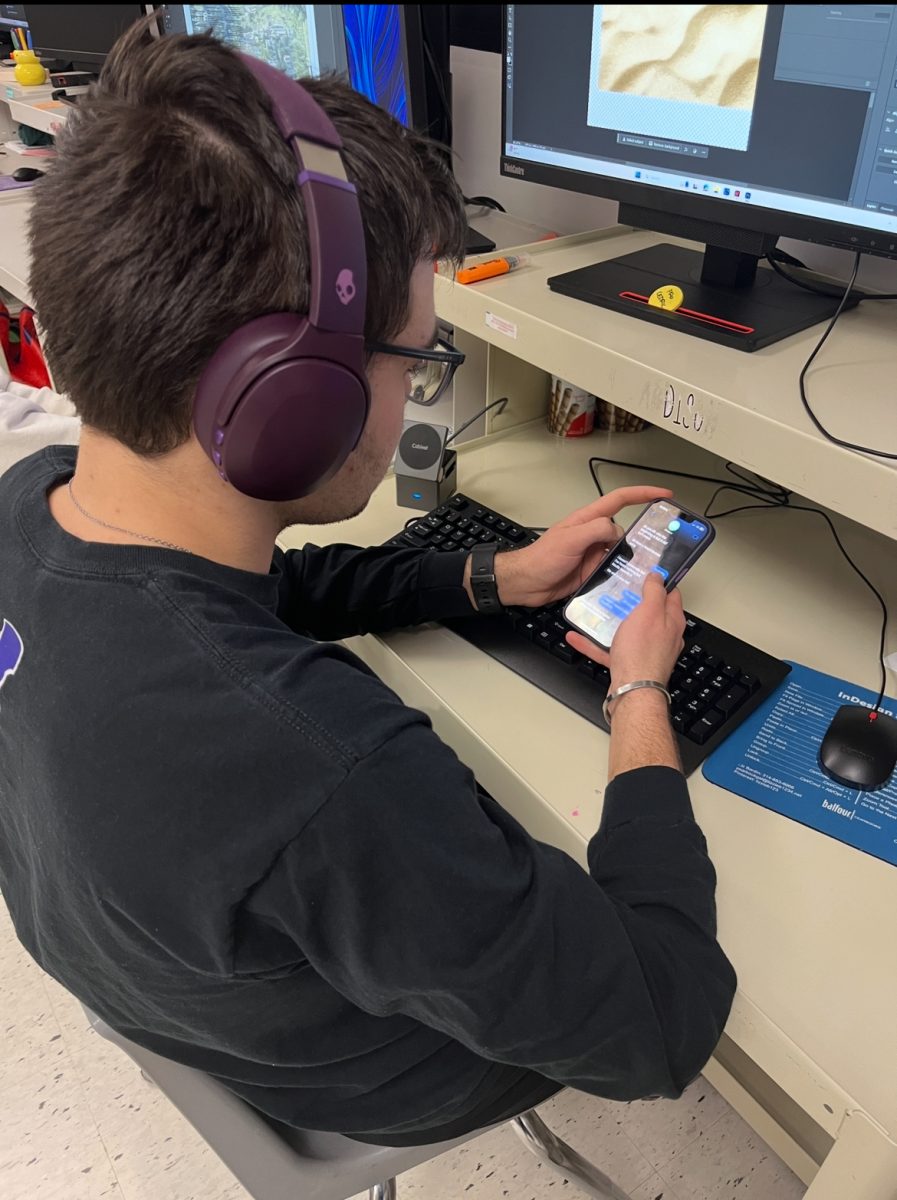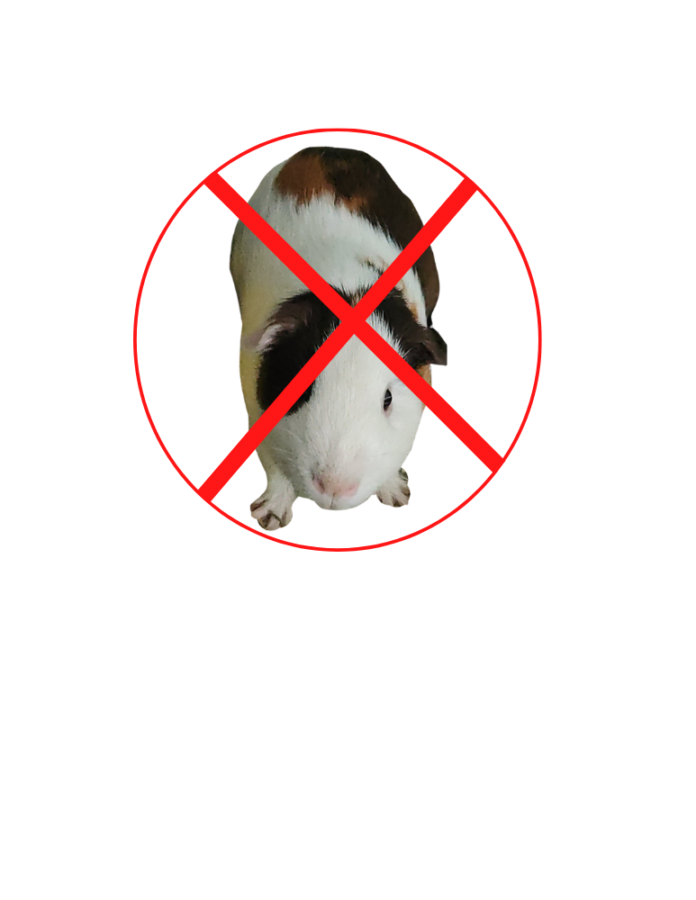Whooping cough, also known as pertussis, is a severely contagious cold-like illness that is serious for all ages, but most dangerous for pregnant women and infants, according to cdc.gov.
The starting symptoms are just like any cold: runny nose, mild fever and watery eyes. The main difference between a cold and whooping cough is the length someone may have these symptoms. The cough does not start for about two weeks, then it progressively gets worse over three months, according to kidshealth.org.
The cough is dry and irritates the throat. They are continuous and can last for minutes at a time; this is called a coughing spell. Bordetella, the bacteria causing the whooping cough, attaches to the cilia, tiny hair-like structures that line some of the upper respiratory tract. Bordetella releases toxins that damage the cilia, and cause the airways to swell, according to cdc.gov.
Children with pertussis have turned blue or bright red from the inability to breath caused by excessive coughing. When this occurs, the cough will make a “whoop” sound in between coughs, hence the name “whooping cough.” In severe cases, call 911 or rush to an emergency room, as little children’s airways are too small to be able to breathe.
To prevent the whooping cough, getting the vaccine helps to ensure a lesser chance of being infected and for a milder case if contracted. It is suggested that a pregnant woman should get the vaccine before 32 weeks to protect the baby from the disease, according to nhs.uk.
Antibiotics also help treat pertussis. Doctors usually give Erythromycin as the first remedy, according to ncbi.nlm.nih.gov.
Keeping a habit of regularly washing hands and cleaning up after germy kids can also help keep pertussis to a minimum. If there is an outbreak in a public area, such as work or school, make sure to be extra cautious with these steps.

































